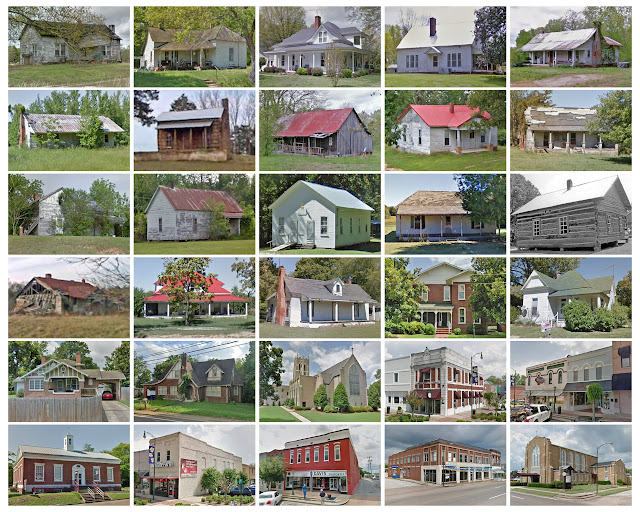Harford County, Maryland

Founding: 1774 Parent county: Baltimore Namesake: Henry Harford, Maryland proprietor Seat: Bel Air (1782–) Land area: 437 square miles Population (2020): 260,924 Population (historic): 14,976 (1790); 17,120 (1840); 22,605 (1870); 28,269 (1900); 31,603 (1930) Periods of population growth: pre-1790–1810; 1820–1860; 1870–1890; 1910–2020 Subdivisions: Two cities; one town; 13 CDPs National Register listings: 80 Pre-1940 residences (estimated): 4,549 (4.4%) Pre-1940 housing survival rate: 65.3% Pre-1860 housing survival rate (1940): 36.1% Farm housing in disrepair (1950): 10.1% Nonfarm housing in disrepair (1950): 7.2% Average farmhouse value (1930): $2,851 Average outbuilding value (1930): $2,406 Average farmhouse size (1940): 6.4 rooms Number of farms (1920): 2,399 Average farm size (1920): 64.6 acres _________________________________________________________________________________ Bel Air Namesake: The French word belleaire ("lovely manner") Founding



